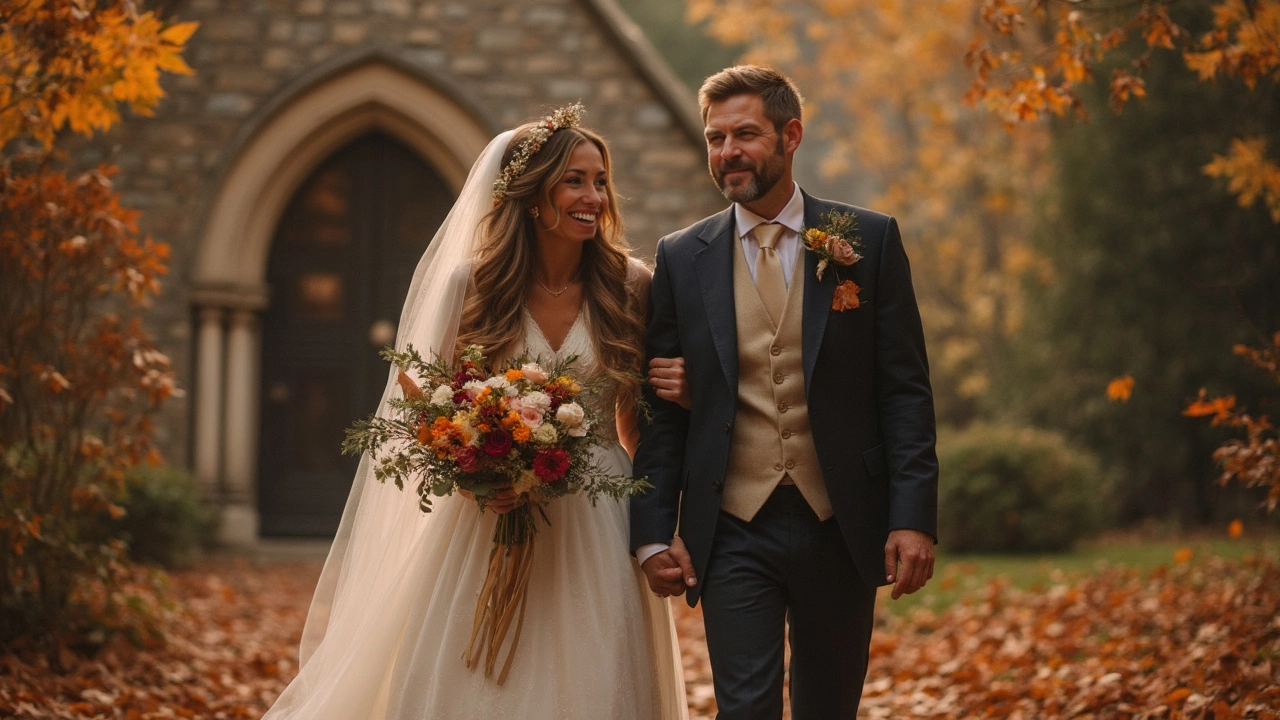Wedding Planning Tips – Real Help for Your Dream Day
Planning a wedding can feel like juggling a million things at once. The good news? You don’t need a magic wand, just a clear plan and a few smart shortcuts. Below you’ll find the most useful tips that actually work, whether you’re on a tight budget or aiming for a lavish affair.
Set a Realistic Budget and Stick to It
Start by writing down every expense you can think of – venue, dress, food, flowers, photographer, and even tips. Look at your combined savings and ask families what they’re comfortable contributing. Once you have a number, break it into categories and set a caps for each. Use a spreadsheet or a free budgeting app; seeing the totals in front of you helps stop impulse splurges.
Remember the biggest cost drivers are usually the venue and the photographer. If the venue is pricey, consider a weekday wedding or a non‑traditional space like a gallery or garden. For photography, you don’t always need two shooters – one experienced photographer can capture everything if you plan the timeline well.
Build a Simple Timeline & Priorities
Map out a month‑by‑month checklist. In the first three months, lock in the venue, caterer, and photographer – those spots fill up fast. Next, focus on the dress, invitations, and entertainment. By the sixth month, you should have all contracts signed and a solid guest list.
When you create your day‑of timeline, think about the flow: ceremony, cocktail hour, dinner, speeches, and dancing. Give the photographer clear windows for key moments – usually about 6–8 hours is enough for most couples. If you want extra coverage for the reception, ask for a short add‑on rather than a full second shooter.
Don’t forget the little things that can cause stress later. Double‑check if the venue allows DIY décor, and get any permission in writing. If you’re into DIY, set aside a specific budget and timeline for building centerpieces or signage. A well‑organized DIY plan can save you 10–20% on décor without sacrificing style.
Invitations are another area where a simple approach wins. Choose one design, stick to one paper weight, and use either matte or glossy based on your theme. Send them out 8‑10 weeks before the wedding and include a clear RSVP deadline – usually three weeks before the day. This gives you enough time to finalize numbers and avoid last‑minute headaches.
When it comes to the cake, think about portion sizes and alternatives. Cupcakes can look just as elegant and often cost less. If you love a classic cake, ask the baker for a smaller “tasting” tier and a larger sheet cake hidden in the kitchen – it keeps guests happy and your budget happy.
Finally, give yourself a “reset” day a week before the wedding. Use it to confirm details with vendors, pack an emergency kit (stain remover, safety pins, pain reliever), and get a good night’s sleep. A calm mind on the big day makes everything run smoother.
Bottom line: a wedding is a celebration, not a marathon of panic. With a solid budget, a clear timeline, and a few smart shortcuts, you’ll enjoy the planning process and walk down the aisle feeling confident and excited.

- Apr, 16 2025
- Comments 0